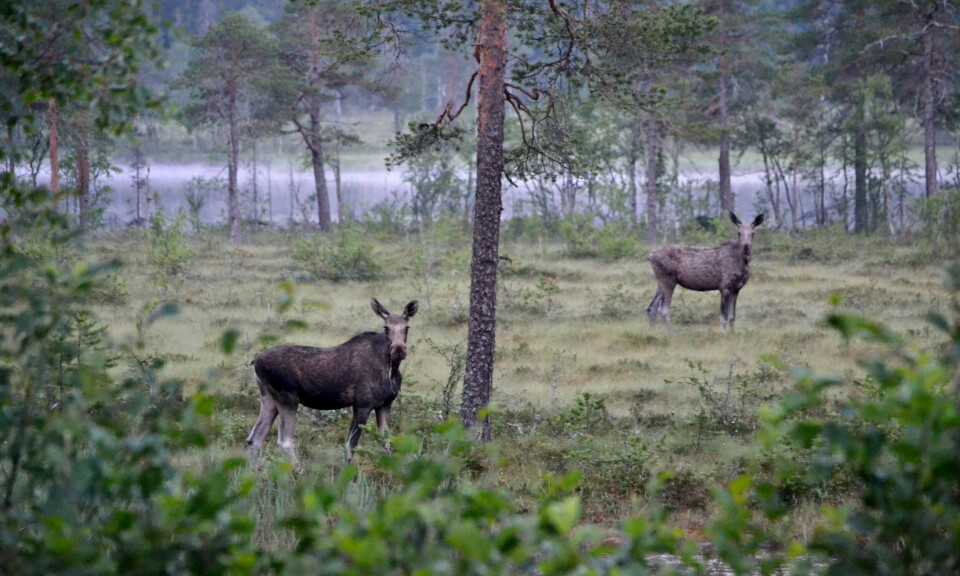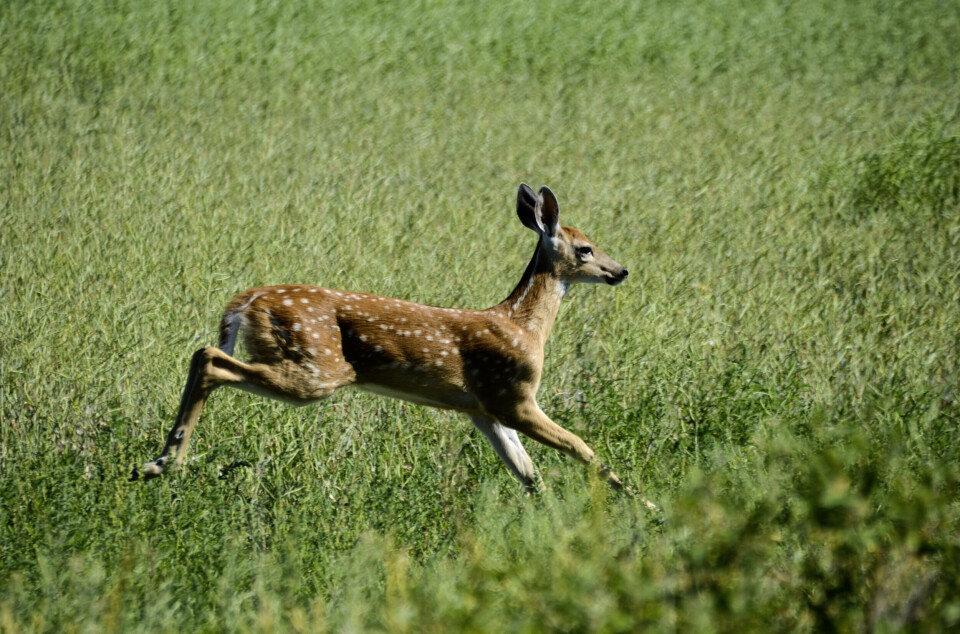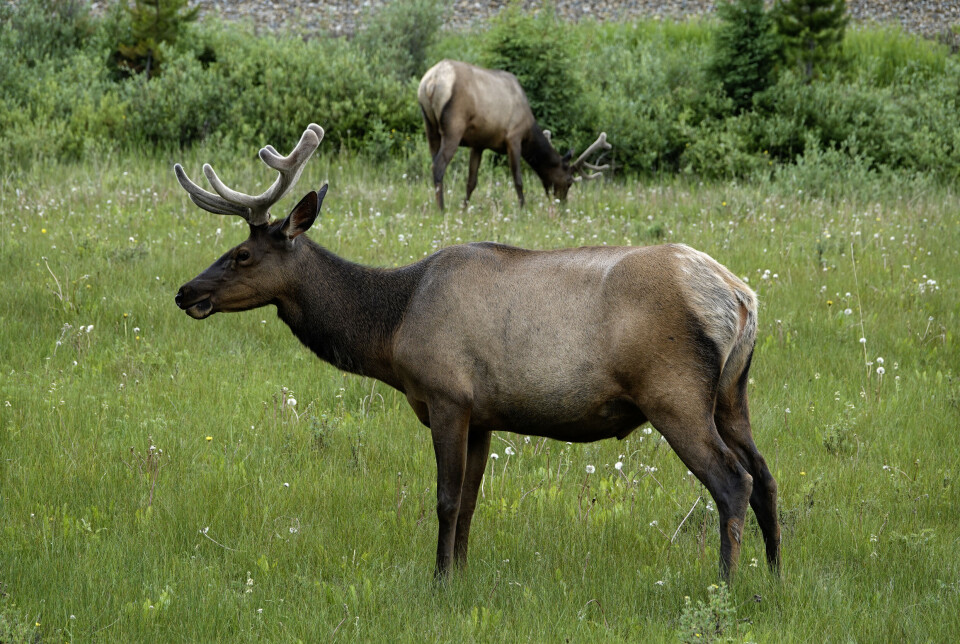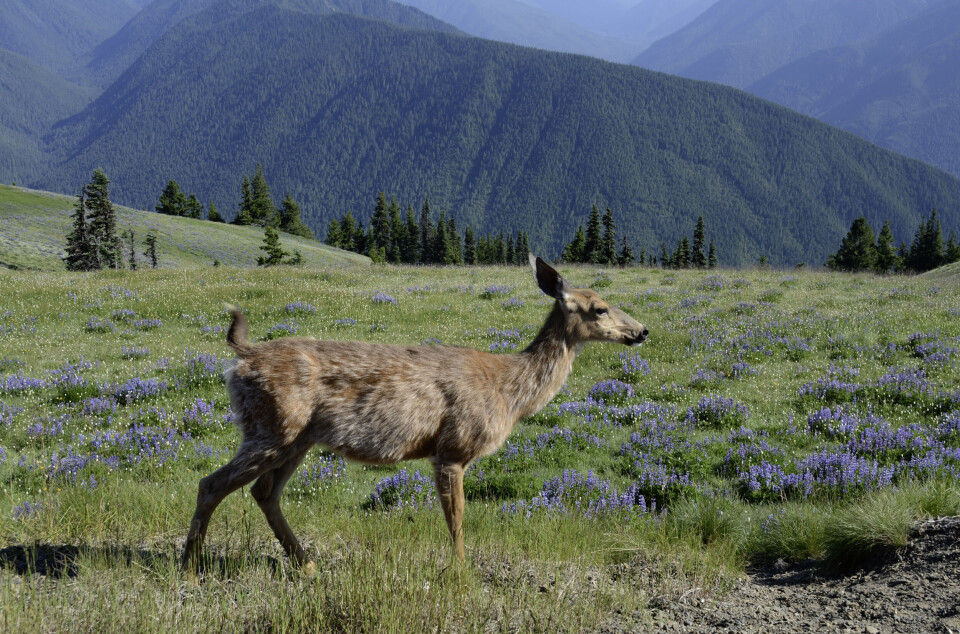THIS CONTENT IS BROUGHT TO YOU BY NIBIO - Norwegian Institute of Bioeconomy Research - read more

How will deer species be affected by climate change?
Although milder winters can be beneficial for many deer populations, warmer summers with changing precipitation will likely cause more stress for the animals and push the populations further north.
NIBIO researcher Hilde K. Wam is part of a European research group that has compiled 20 years of research on how climate change is likely to affect deer species living in Europe, Asia, and North America.
The researchers have reviewed 218 scientific studies. In the article from their study, they provide an overview of global trends regarding how climate change is likely to impact the physiology, behaviour, and population dynamics of deer species that live wholly or partially in forests in the Northern Hemisphere.
Moose, roe deer, and red deer are well-known species in Norway, but the researchers have also looked at studies of fallow deer, forest reindeer, sika deer, white-tailed deer, and mule deer (black-tailed deer).
Climate change affects deer on many levels
Temperature, precipitation, snow conditions, and extreme weather—all these factors directly affect wildlife. For wildlife management, it is crucial to understand how these weather factors influence the animals' physiology, population sizes, and distribution.
“It starts with each individual animal. When more animals are affected, it has an impact on the local populations, and eventually on the species over larger areas. When this continues for several generations, changes manifest in the animals' genetics, and ultimately, they become part of the process of evolution,” explains Wam.

The most important finding from the research is that changes in summer weather will likely have a greater impact on the future of these deer species than changes in winter weather.
There will also be significant differences depending on where the animals are located along the geographical gradient from south to north.
“Rising global temperatures generally mean milder winters in the Northern Hemisphere, which can be locally beneficial for many deer species: They need less energy to stay warm, and it can be easier to find food as long as the snow isn’t replaced by ice," she says.
Wam further explains that on the other hand, warmer summers and changing precipitation will likely exceed the tolerance limits of some populations, particularly regarding heat stress and parasites.
Another clear finding is that deer are significantly more exposed to parasites in warmer and wetter weather.
"In the short term, this stress will lead to poorer physical condition in the animals. In the long term, it may cause the southernmost populations to die out, while the species shifts northward, thereby changing its distributional range,” she says.

The researcher notes that this is already happening with moose, the largest of the deer species and one of the species best adapted to cold climates.
Moose are highly sensitive to heat stress. The southernmost moose populations will therefore be more affected by climate change than those living further north. This difference between southern and northern populations has already been demonstrated in data from Sweden.
Climate change may cause behavioural changes
If local conditions allow, some deer species may be able to mitigate the negative effects of a warmer climate themselves.
“They can, for instance, spend more time in other parts of the landscape than they normally would, or adjust their activity patterns throughout the day. Moose, for example, may spend more time in marshlands or older forests to cool down. It’s therefore important that the animals' habitats provide everything they need to adapt,” emphasises Wam.

Warmer springs and autumns mean that the ground is snow-covered for a shorter part of the year. The snow is also not as deep. This affects the animals’ seasonal migrations.
For example, they are likely to begin migrating earlier in the spring, face floods and hazards at different times than they are adapted to. Because the growing season is longer, they may delay their migration back in the autumn.
In sum, this may lead some populations of migratory species to eventually stop migrating between seasonal feeding grounds altogether.
“It’s hard to say exactly what the future climate will look like and how it will affect deer species. Our article doesn’t provide definitive answers, but so far, this is the largest compilation of knowledge we have on deer species relevant to Norway,” concludes Wam.
Reference:
Felton et al. Climate change and deer in boreal and temperate regions: From physiology to population dynamics and species distributions, Global Change Biology, vol. 30, 2024. DOI: 10.1111/gcb.17505

This content is paid for and presented by NIBIO - Norwegian Institute of Bioeconomy Research
This content is created by NIBIO's communication staff, who use this platform to communicate science and share results from research with the public. NIBIO is one of more than 80 owners of ScienceNorway.no. Read more here.
More content from NIBIO:
-
This colourful bird is thriving in Norway
-
Can drone-mounted tree planting replace manual tree planting?
-
Light traps can tell us more about nocturnal moths
-
Climate change and land use threaten Sámi reindeer husbandry
-
Researchers are now going to monitor carbon in forest and grassland soils
-
Nine facts about Norwegian agriculture




































